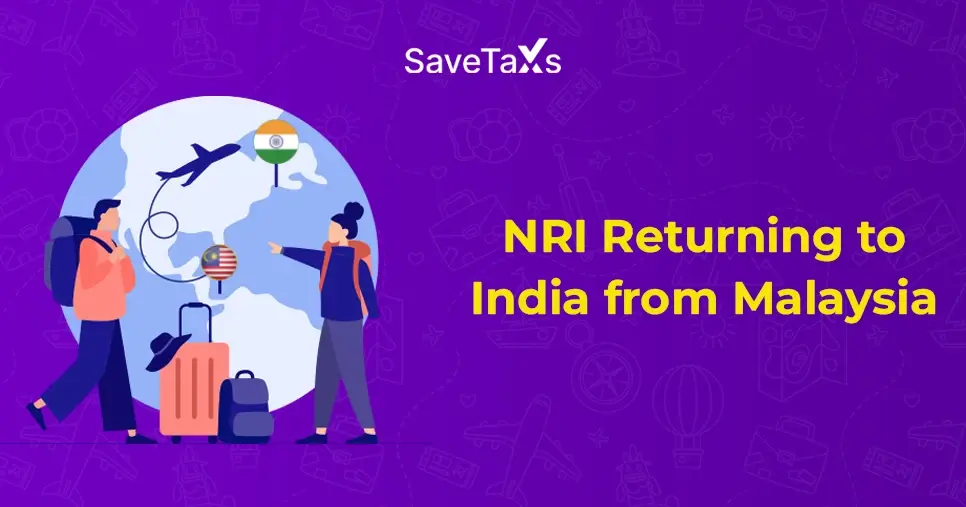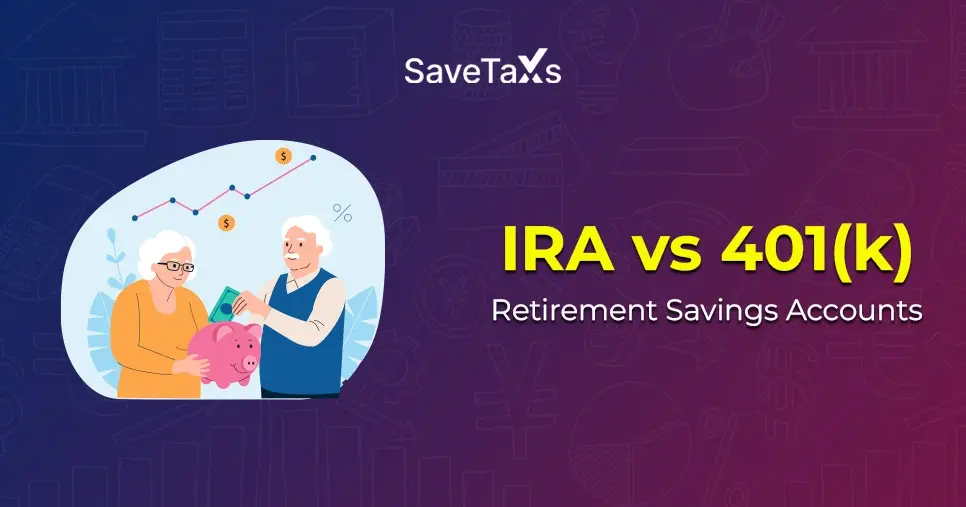The Double Tax Avoidance Agreement, or DTAA, is an initiative put forward by the Government of India to ensure that the residents of either India, Australia, or both, are prevented from being taxed twice on the same income in two different nations. India has signed such an agreement with almost 100 different countries around the world, protecting Indian citizens and NRIs (Non-Resident Indians) from being taxed twice on the same income.
It is a tax treaty signed between India and Australia under which the taxes paid in one country can be claimed as a credit in the other country. This convention ensures that an individual is effectively meeting their tax responsibilities and paying tax in only one country. The DTAA agreement offers different types of tax relief and deductions. In this blog, we will understand the benefits of claiming the DTAA between India and Australia. Additionally, we will also discuss the taxes that apply under this agreement.
Understanding the DTAA Between India and Australia?
The DTAA between India and Australia is an agreement that was introduced to address the issue of double taxation. Australia signed this agreement on the 30th of December, 1991. Under this agreement, the articles apply to all types of personal and corporate income sources. Moreover, various types of taxes and interest rates are discussed in this agreement. Both nations must follow and maintain the rules and regulations under the DTAA.
Even though this agreement applies to the geographical regions of Australia but as per article 3 of the agreement, the following regions are excluded:
- The Norfolk Island Territory
- The Christmas Island Territory
- The Coral Sea Islands Territory
- The Cocos (Keeling) Islands Territory
- The Ashmore and Cartier Islands Territory
- The Heard Island and McDonald Islands Territory
Although DTAA is present in these regions, there is also an anomaly, which is the "Deemed Source" rule of Australia, which makes every earnings of an Indian citizen taxable if they receive it from an Australian source. Recently, an amendment has been proposed by India to Australia on the subject of the laws related to domestic taxation to ensure that NRIs are not being taxed twice.
The parliament of Australia agreed to the proposed amendment in the year 2022. The amendment is related to the earnings received from the offshore service provided to a citizen of Australia by an Indian citizen, which were subject to taxation by the Australian domestic income tax laws.
What is the Importance of the India-Australia DTAA?
Since paying taxes is essential in almost every country, double taxation is an unavoidable issue for individuals who earn from foreign nations. Both India and Australia have decided to prepare a set of tax rules to ensure that the citizens of India are paying their income taxes fairly. Below are some points to understand the significance of the DTAA between India and Australia:
- The Double Tax Avoidance Agreement permits both nations to apply for a bilateral relief system on taxes through which the taxpayer can claim tax relief via tax deduction, credit, or exemption methods. All of these methods apply depending on the source and types of income.
- The agreement helps an Indian NRI to work in Australia without stressing about paying taxes twice.
- NRIs working in an Australia-based IT firm were previously taxed under Australian tax law as they weren't included in the DTAA. In the year 2022, Australia expanded its laws to solve this issue by providing tax relief to them. These initiatives are ideal to enhance the international relations of both nations and also for the global workforce, enabling both nations to be more cooperative.
- Income from different sources is included under this agreement, creating a sense of clarity amongst the taxpayers. The DTAA agreement specifies which source of income will be taxed at which rate, making it easier for the taxpayer to determine how much they are liable to pay.
- The DTAA between India and Australia helps the taxpayer to be assured about their income tax payments and encourages the taxpayers to be accurate and quicker with their tax payments. Hence, it helps both nations to receive taxes fairly on time.
What are the Taxes Covered Under the DTAA?
A set of taxes has been covered under the DTAA between India and Australia, which are as follows:
- Taxes covered in Australia are:
- Petroleum Taxes
- General Income Tax
- Any other tax under the federal law of the Commonwealth of Australia.
- Taxes applicable in India are:
- The income tax, including
- Company profits are taxed under surtaxes.
Other than these, any tax that is nearly the same as these types of taxes will also fall under the DTAA between India and Australia.
Taxation of Various Income Types Under the India-Australia DTAA
According to Articles 9,10, and 11 of the agreement, the dividend and interest may be taxable in the country where it arises, provided that the tax rate on such income must not exceed 15%. In line with the tax rates, the rates of TDS also must not exceed the prescribed tax rate.
Additionally, royalties as article 12 defines them, are eligible for a reduced tax rate of 15%. The Indian Australia Double Tax Avoidance Agreement gives an assurance to the taxpayer that they will not be taxed more than 15% of the gross income they receive from dividends, royalties, or other sources of income.
How Are Capital Gains Taxed Under the DTAA?
As per Article 13 of the agreement, capital gains are also taxed under the DTAA between India and Australia. The rules that apply to any kind of capital gains received from the alienation of either a movable or an immovable property are as follows:
- Gains acquired from ships or aircraft operating in international traffic will be taxed only in the contracting state where the enterprise is situated.
- Income or gains received by a resident of one of the contracting states from the transfer of real property located in the other contracting state may be taxed in the other contracting state.
- Capital gains derived from the alienation of a company's shares situated in one contracting state will be taxed in that state only.
- Gains received from the transfer of a business property in one contracting state whose enterprise is based in the other contracting state will be liable to taxation in the other contracting state.
Taxation on Income Derived from an Immovable Property
Australia uses the term "Real Property," where in India, the same is referred to as immovable property. The real property incorporates a lease of land, the right to receive consideration for extracting minerals or other deposits, oil or gas wells, or any other similar minerals. DTAA for income derived from the transfer/sale of an immovable property can be taxed in the country where such a property is situated.
To Conclude
The DTAA between India and Australia is crucial because of the rules and regulations it has put forward to avoid unfair taxation of an NRI's (Non-Resident Indian) income and Indians' earnings in Australia. Although there are some controversies due to the contradictory domestic and international laws, DTAA still manages to run the global workforce smoothly by ensuring taxation only once on the international earnings.
If, as an NRI, you find that you have paid extra taxes and wish to claim the extra paid taxes as a credit, then Savetaxs can assist you with the same. We have a professional team of experts who bring more than 30 years of expereince and can assist you with claiming your DTAA benefits. You can contact us anytime, regardless of which country you reside as we work around the clock across all time zones.
Note: This guide is for informational purposes only. The views expressed in this guide are personal and do not constitute the views of Savetaxs. Savetaxs or the author will not be responsible for any direct or indirect loss incurred by the reader for taking any decision based on the information or the contents. It is advisable to consult with either a Chartered Accountant (CA) or a professional Company Secretary (CS) from the Savetaxs team, as they are familiar with the current regulations and help you make accurate decisions and maintain accuracy throughout the whole process.
 India
India
 USA
Tax Consultancy Services
USA
Tax Consultancy Services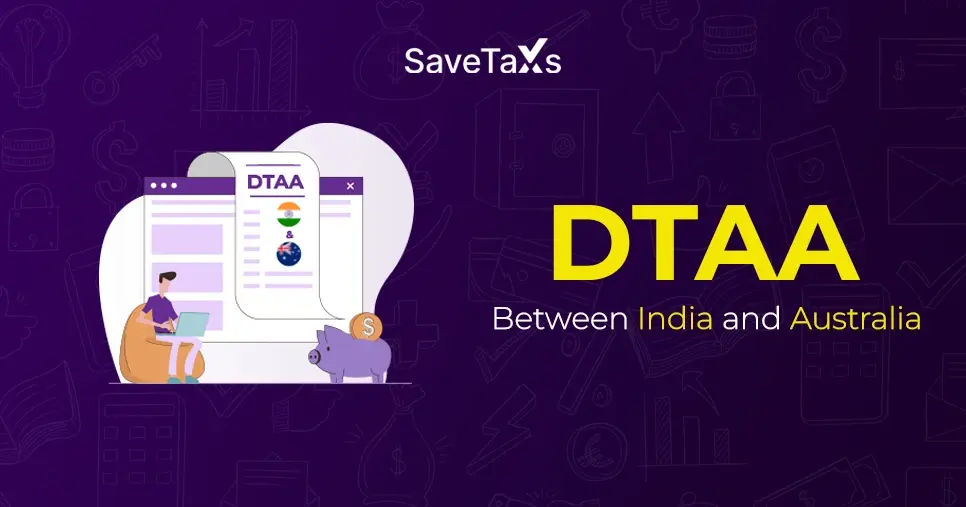

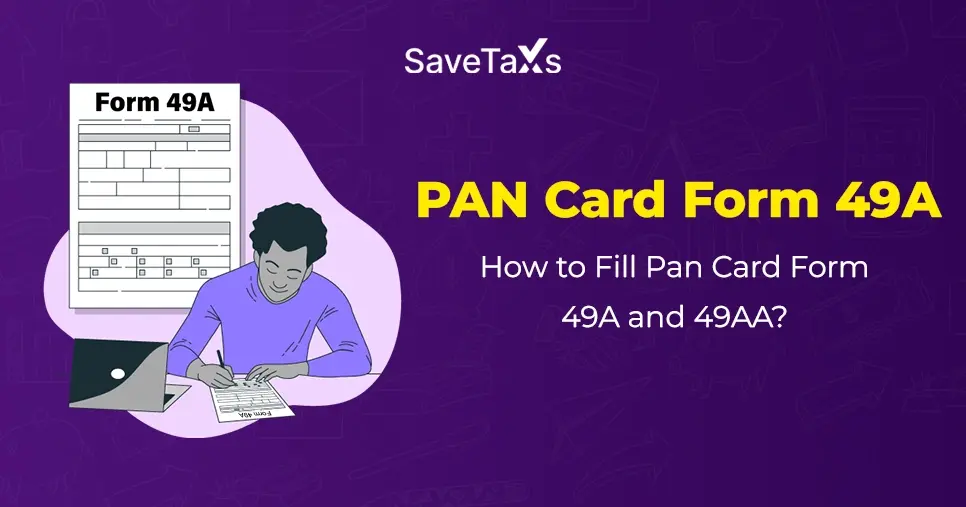
_1752921287.webp)
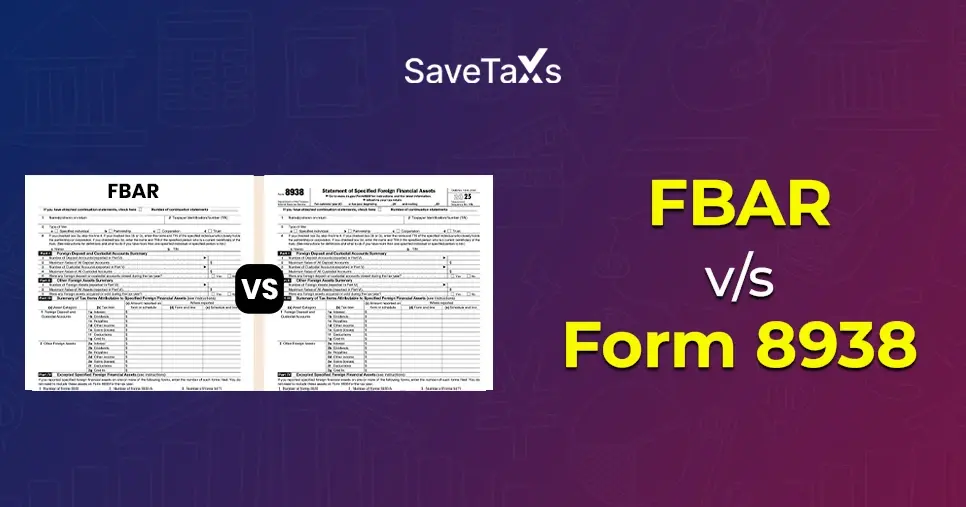
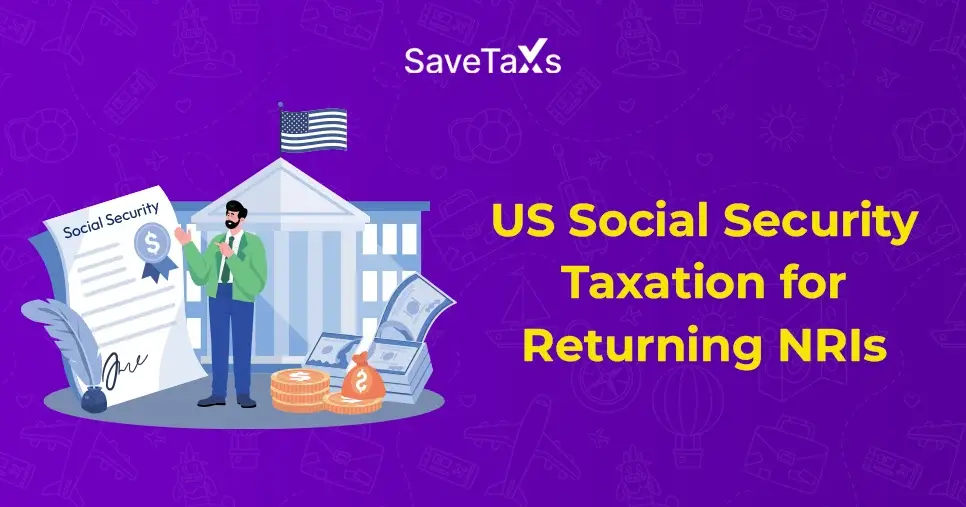

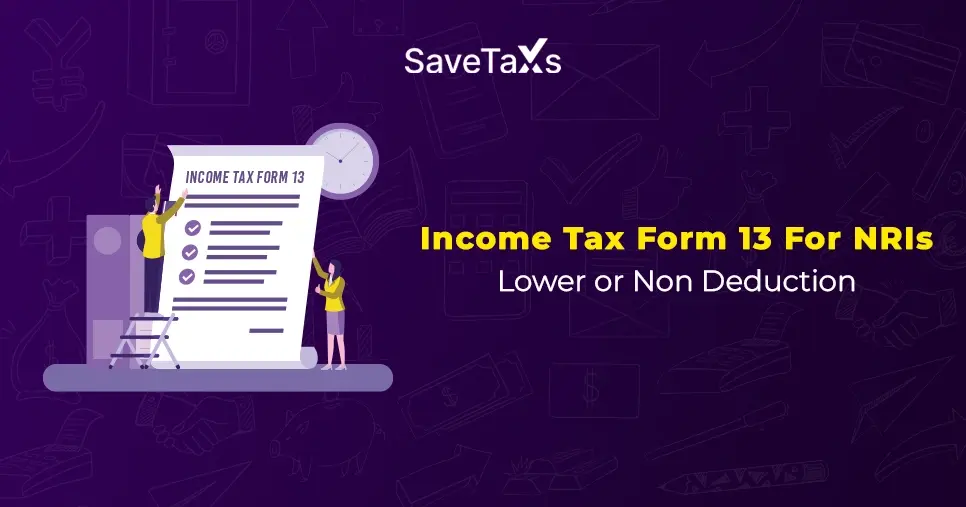
_1756467732.webp)

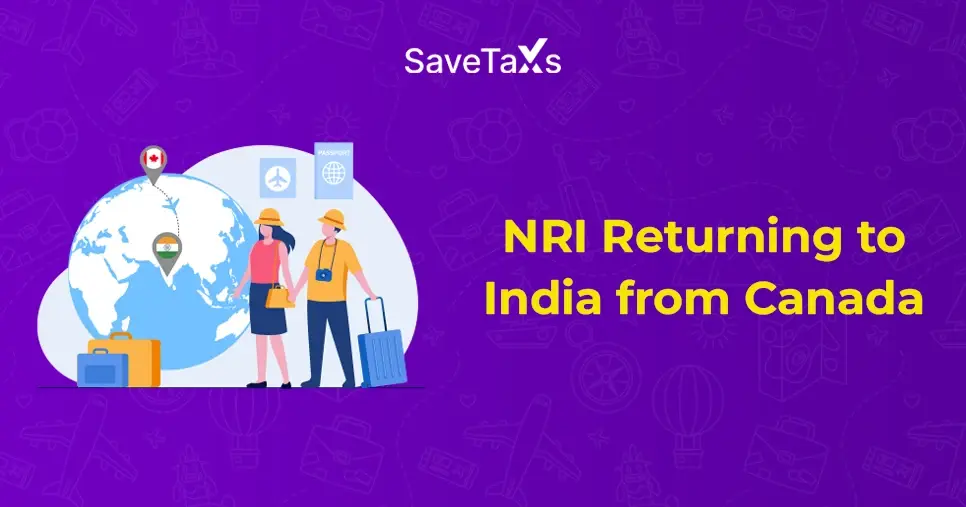


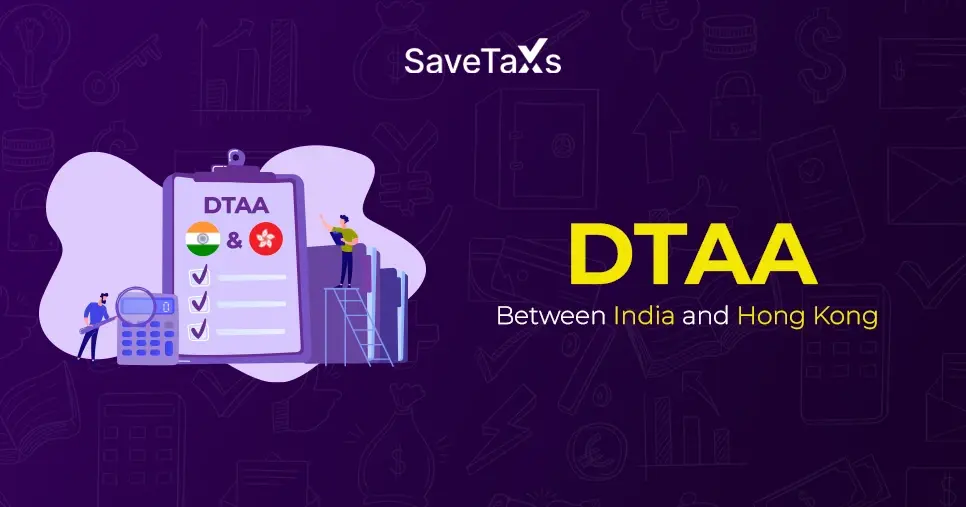
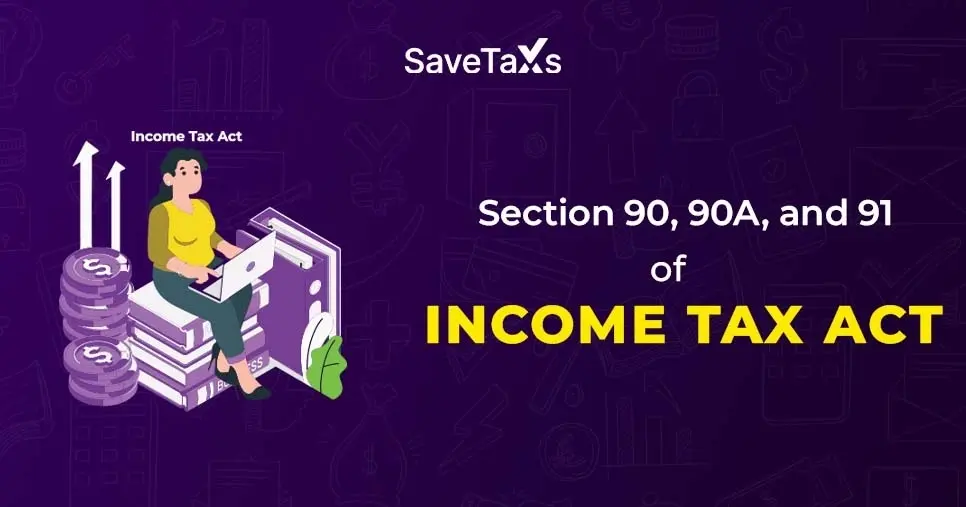
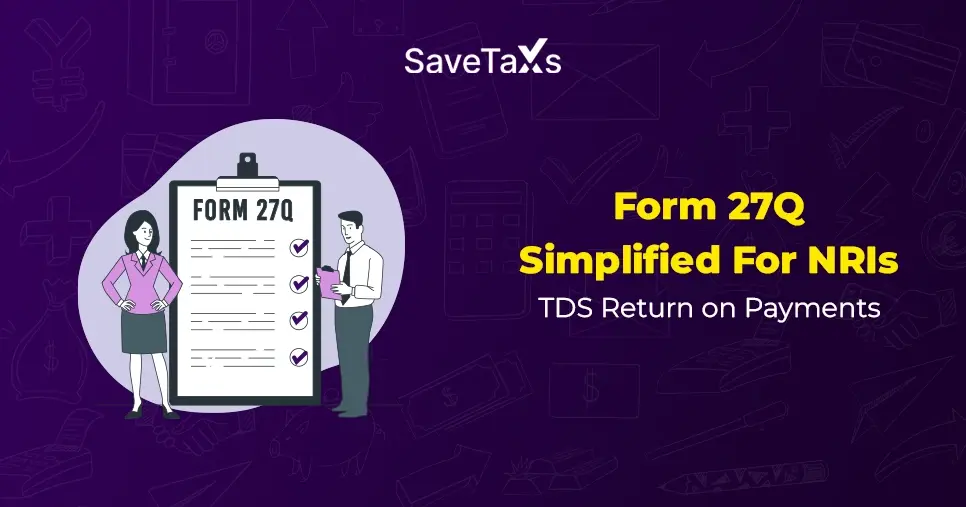
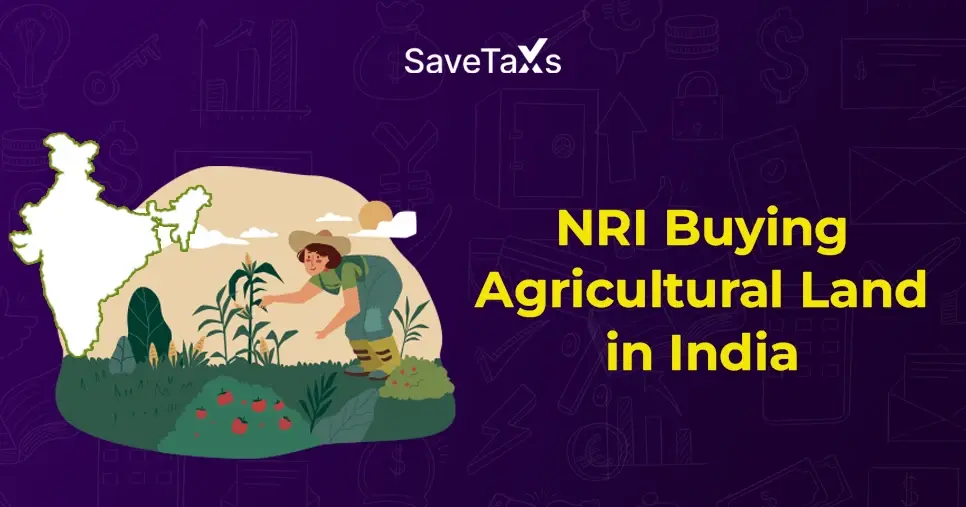
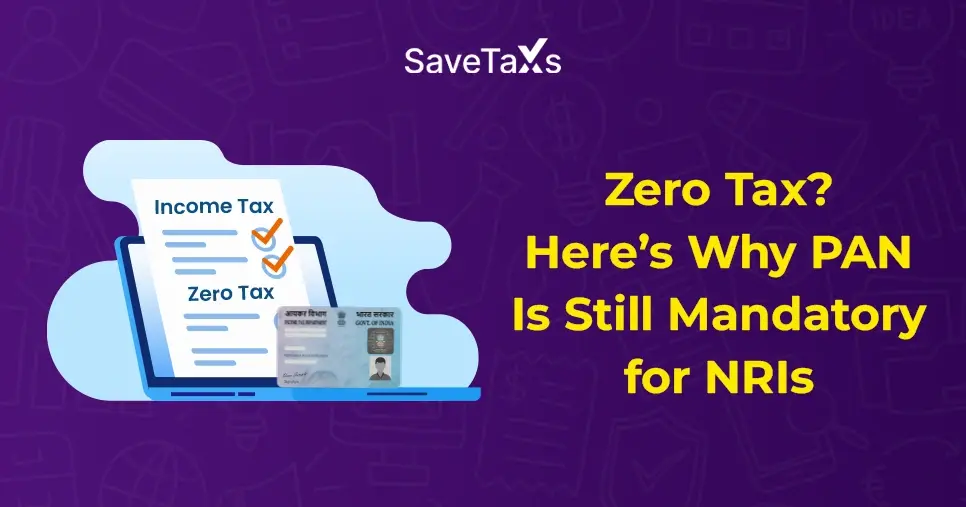
_1753429421.webp)
